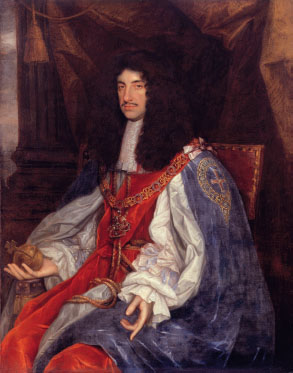
Charles II in the early years of his reign.
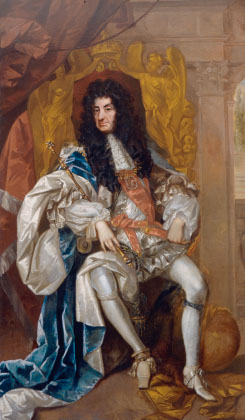
Charles II, c.1680. The elaborate clothes and shoes cannot hide the ravages of time.
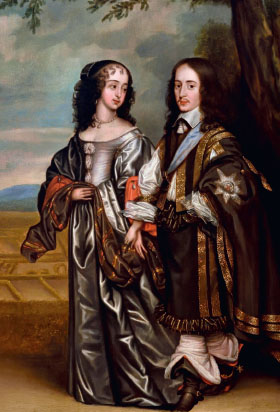
Princess Mary Stuart, Charles II’s sister, and her husband, William II of Orange. The picture is charming but the marriage was unhappy.
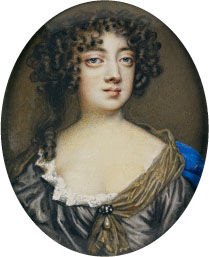
This miniature of Lucy Walter, Charles II’s first mistress, was painted after her death. No contemporary likenesses of Lucy survive.
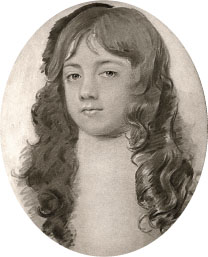
James, duke of Monmouth, Charles II’s son by Lucy Walter, as a child.
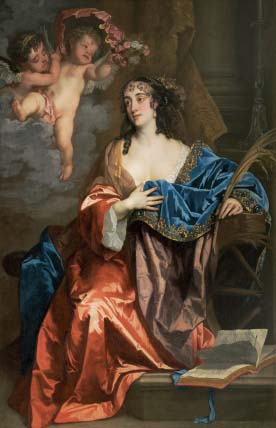
Eleanor Needham, Lady Byron, one of Charles II’s mistresses in exile.
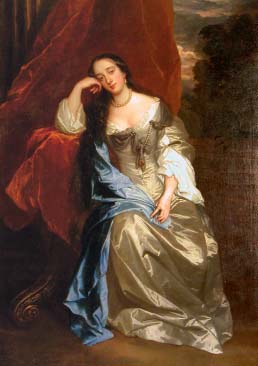
Barbara Palmer, née Villiers, countess of Castlemaine and duchess of Cleveland, painted as Mary Magdalene by Sir Peter Lely.
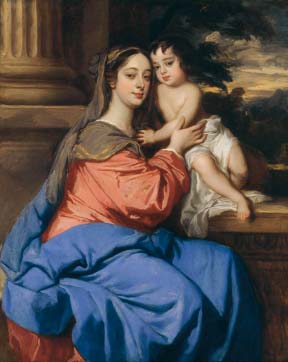
Barbara Palmer as the Madonna with her eldest son. This voluptuous, almost sacrilegious painting aptly illustrates Barbara’s disdain for conventionality.
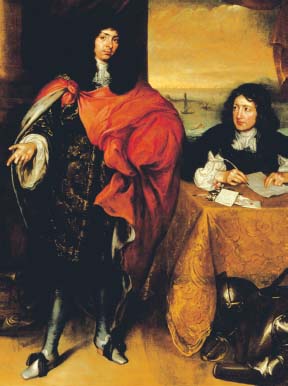
Roger Palmer, earl of Castlemaine, with his secretary. A Catholic royalist whose early infatuation with his wife soon turned sour, her behaviour forced him to live abroad.
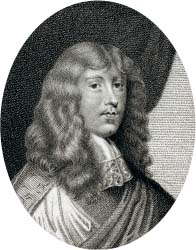
Philip Stanhope, second earl of Chesterfield. An inveterate ladies’ man, he was one of Barbara Palmer’s earliest lovers. He later became a loyal adviser to Catherine of Braganza.
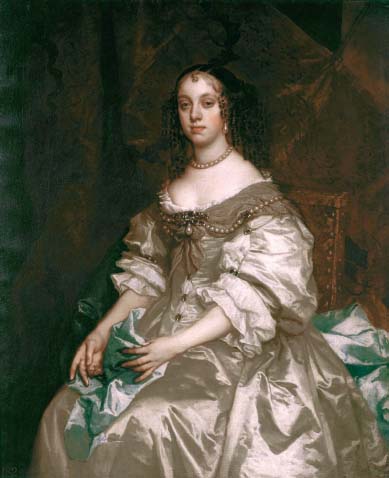
Catherine of Braganza, Charles II’s Portuguese queen consort. Adrift in the moral vacuum of her husband’s court, the shy queen eventually forged an independent life for herself.
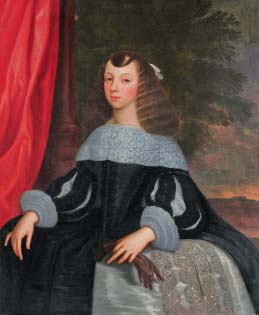
Queen Catherine shortly after her arrival in England, wearing the Portuguese fashions and hairstyle derided by the king and court.
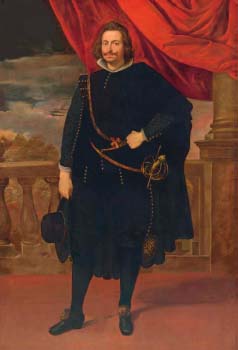
John IV of Portugal, Catherine of Braganza’s father, who came reluctantly to the throne in 1640 following a coup against Spanish rule led by the Portuguese nobility.
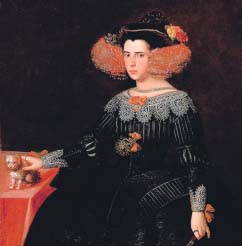
Luisa de Guzmán, Catherine of Braganza’s Spanish mother. The capable queen ruled as regent for her disabled son after John IV’s death in 1656.
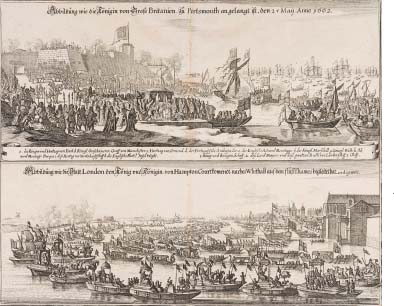
Catherine of Braganza’s arrival at Portsmouth and the king and queen leaving Hampton Court by river for Whitehall, in two contemporary German prints.
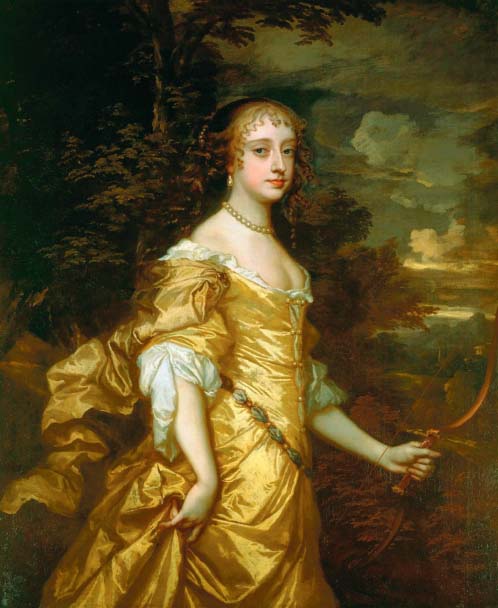
Frances Teresa Stuart. The daughter of Scottish royalists in the service of Queen Henrietta Maria, she was brought up in the French court. She evaded Charles II’s advances and secretly married the duke of Richmond.
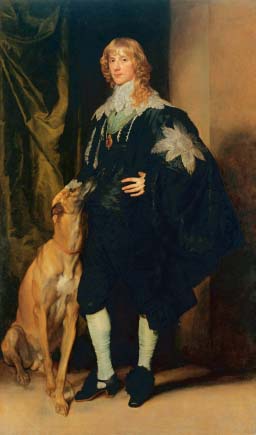
Charles Stuart, duke of Richmond and Lennox. Frances’ husband was disliked by his cousin, Charles II. He died while serving as ambassador to Denmark, in a bizarre boating accident.
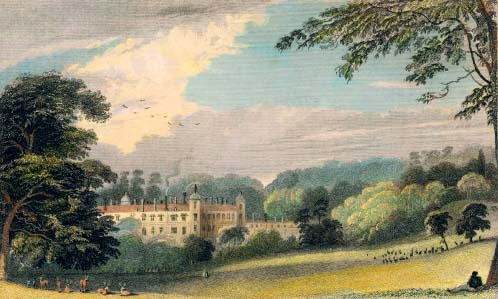
Cobham Hall in Kent, one of the homes of Frances and her husband, in a nineteenth-century painting.
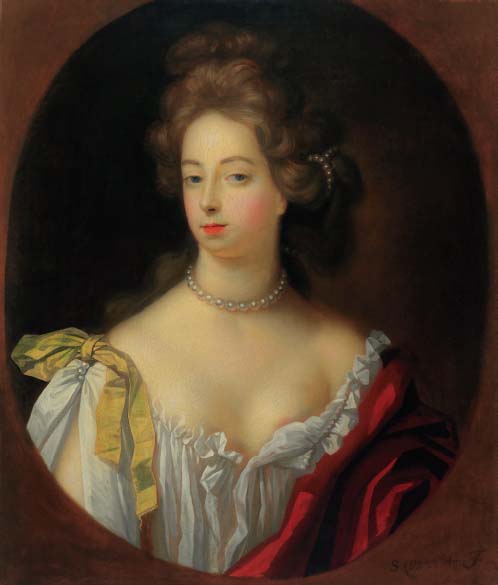
Eleanor (Nell) Gwyn, painted c.1670, with a prim expression, in marked contrast to her half-exposed left breast.
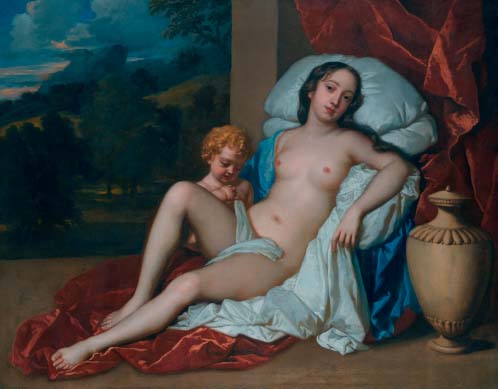
Nell Gwyn with her elder son, posing very revealingly as Venus and Cupid.
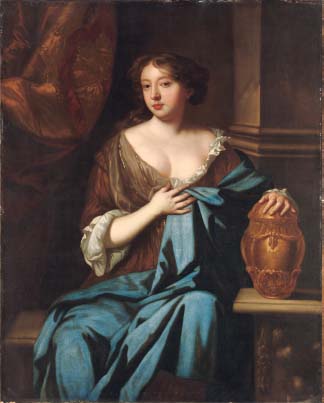
Mary (Moll) Davis, actress, singer, dancer and rival of Nell Gwyn. She was the mother of Charles II’s youngest illegitimate child, Lady Mary Tudor.
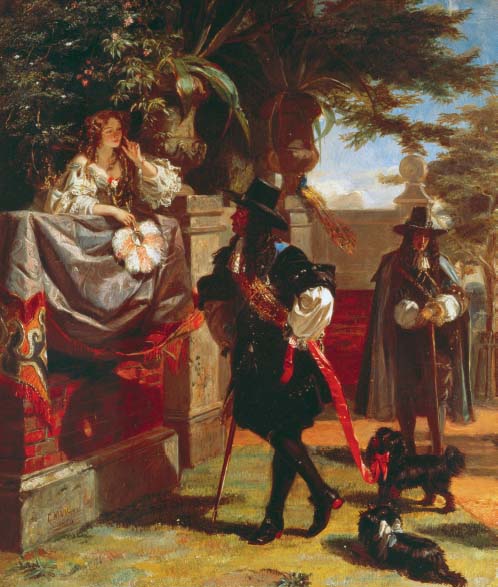
A romantic nineteenth-century painting showing Nell Gwyn leaning over the wall of her Pall Mall house in conversation with Charles II.
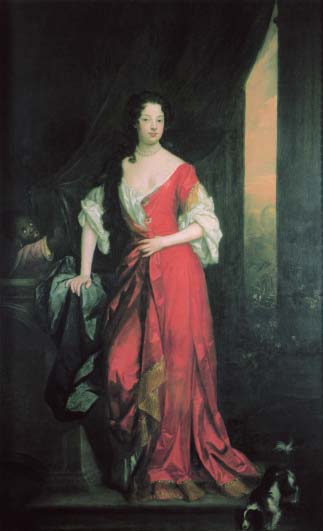
Louise de Kéroualle, duchess of Portsmouth, painted towards the end of Charles II’s reign, looking more mature but also very regal.
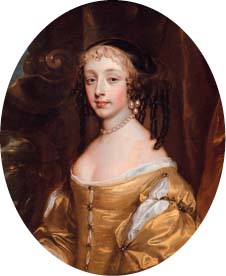
Princess Henrietta Stuart, also known as Henriette Anne, duchess of Orléans. The youngest child of Charles I and Henrietta Maria, she was Charles II’s favourite sibling.
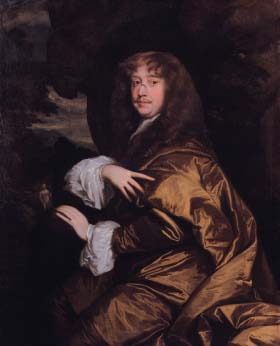
Henry Bennet, earl of Arlington. Arlington became a key Restoration politician though his career was limited by bitter rivalry with the earl of Danby. Credited with facilitating Charles II’s seduction of Louise de Kéroualle.

Thomas Osborne, earl of Danby. A Yorkshireman whose patron was the duke of Buckingham, Danby was a divisive politician. Despite being anti-French, he formed a successful working relationship with Louise de Kéroualle, the king’s French mistress.
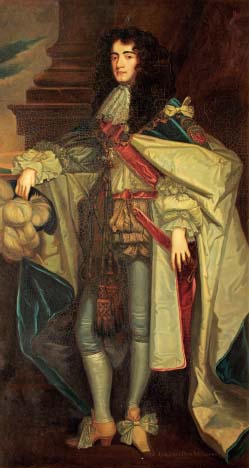
James, duke of Monmouth, as an adult, painted in his Garter robes. Handsome and self-centred, he never repaid his father’s love.
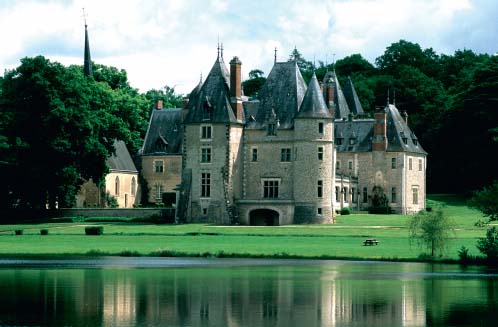
The chateau of Aubigny-sur-Nère, Louise de Kéroualle’s home after her return to France.
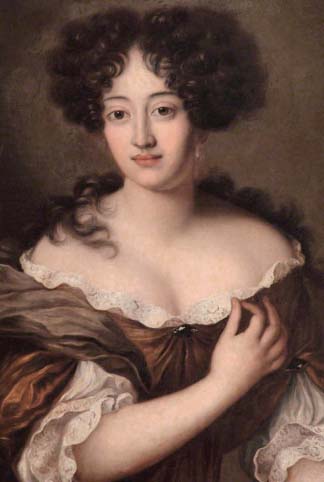
Hortense Mancini. Cardinal Mazarin’s niece was one of five beautiful sisters born in Italy. Fleeing an unhappy marriage, she eventually settled in England, where she had a brief affair with Charles II.

Armand Charles de La Porte de La Meilleraye, the husband chosen for Hortense Mancini by her uncle, Cardinal Mazarin. Despite his romantic looks, he was already eccentric when Hortense married him and became increasingly obsessive and controlling.
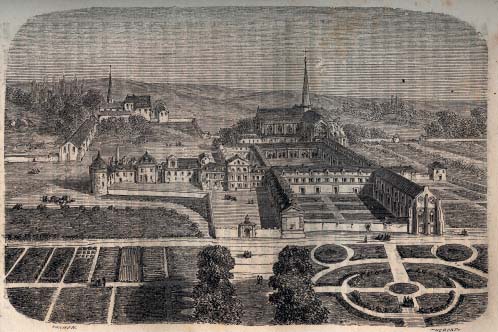
Chelles Abbey outside Paris. Hortense was confined here as a troublesome teenager.
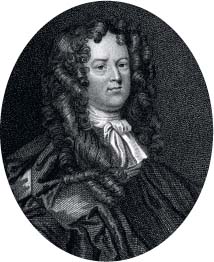
Ralph Montagu. As Charles II’s ambassador to France, the ambitious Montagu viewed himself as an indispensable source of information. Not included in his many chatty despatches was the revelation of his affairs with both Barbara Palmer and her eldest daughter, Anne.

Cardinal Jules Mazarin. The wily successor to Richelieu as the most powerful man in France, the Italian-born Mazarin set about ensuring his dynastic legacy through his nieces and nephews.
































